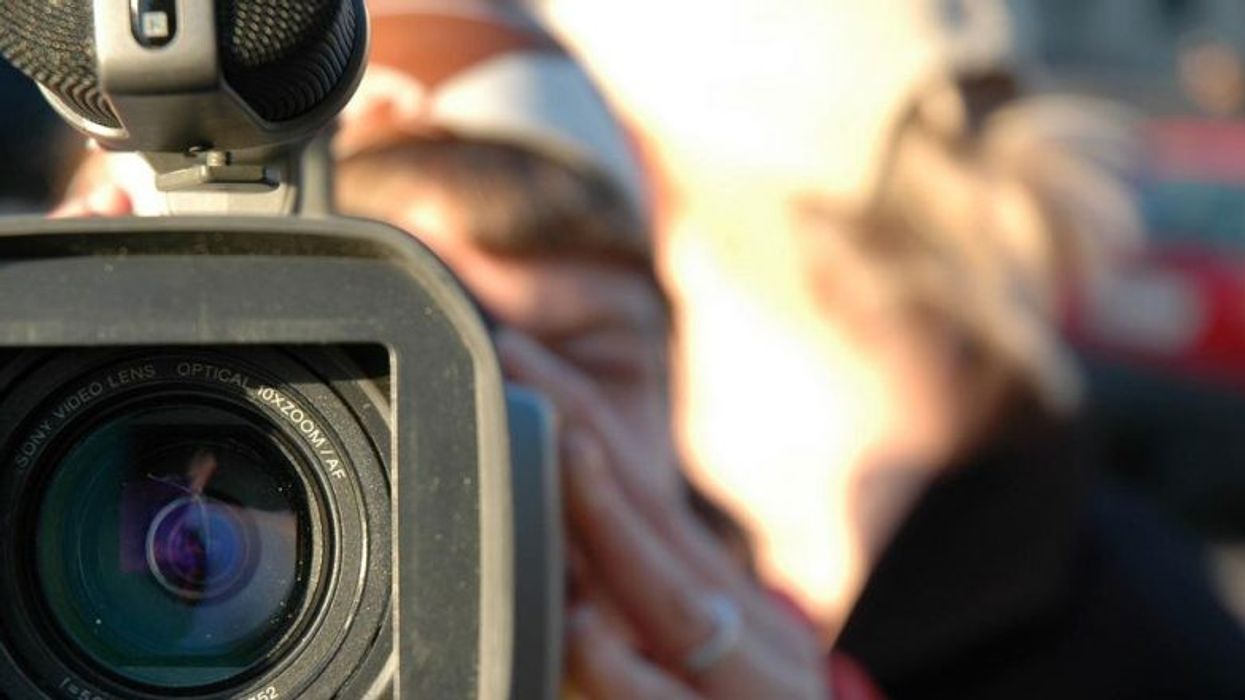How to Turn Boring Shots into Bitchin' B-Roll
Everyone needs a Plan B...

One of the most annoying things when shooting and then editing is to find out you need b-roll. No matter if it's a movie, TV show, commercial, or any other kind of video project, you're going to need it.
But what if yours is usually boring and uninspired? Then you're probably wondering how you can you make it look epic
Daniel Schiffer has a new video where he takes us through his strategies when it comes to making you b-roll bitchin'.
Let's check it out and then talk after the jump.
How to Turn Boring Shots into Bitchin' B-Roll
There are lots of opportunities to half-ass work, but you really shouldn't if you want to be taken seriously as a professional in this world. Even the mundane tasks, like shooting b-roll, need to be treated with love and care.
Let's go over the very simple ways Schiffer makes this very typical and very boring b-roll shot look more stylish and energetic.
Get the details of the shot right
When you set up the shot, think about how the lighting, the ISO, and even the frames per second will affect the final look. You want to assure yourself that what you're getting will fit into the look and feel of the other footage you'll splice into this.
If you're building a collection of b-roll to use or sell, you want the shots to be easily malleable for the next editor. Give people options!
Move the camera
Right off the bat, b-roll gets much more interesting with camera movement. You don't need to go all Scorsese on us, but moving the camera can make your shots feel energetic and alive.
Play with speed and stability
The number of frames you shoot per second dictates whether or not you can slow down or speed up your shots in post. It can affect the resolution and even the stability of the shot. So pick and choose wisely. You may want to shoot things multiple times and experiment in order to get a result that's right for you and/or your project.
Add zooms
We see it in Ken Burns, but there's no problem with you doing it too. Adding a subtle zoom in or zoom out can not only add to the overall style of the shot but it can also help your audience know what you want them to focus on.
Correct the horizon lines
One compositional mistake that bugs us all is the unintended dutch angle or a sloppy horizon line. So get in there and get that thing level. You might have to add some keyframes to smooth out the correction, but it's worth it.
Use LUTs
Now, LUTs shouldn't be slapped on your shots arbitrarily. They're powerful tools that don't just bring color, vibrance, and style to your shot but also create a look that brings cohesion to your project. If you can make one that fits the tone and hue of your film or video's color theory, then we say do it.
Sharpen when needed
This may not be required on all projects, but if your shot is a tad fuzzy and could benefit from a little sharpening, it's worth taking a look at it.
What's next? Learn all the types of film lights!
Your film lighting matters in every shot. It can help you set the tone, look professional, and create the atmosphere of your story. We've deconstructed lighting on No Film School before, but today we want to aggregate all the ideas and techniques behind picking a lighting scheme for your film. These are video lighting setups and film lighting setups that are crucial to storytelling.
Of course, you can always dig more by learning about lighting ratio and light sources.
So click the link to learn more!
Source: Daniel Schiffer













